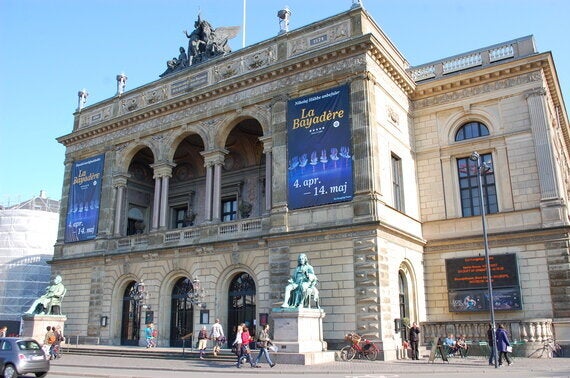
Copenhagen is a secondary city that doesn't get the attention it deserves. Like any other large European city, it has the trappings of contemporary culture: it is home to the exquisite Royal Danish Ballet, it hosted this year's Eurovision Song Contest and it is also the centre of iconic mid-century furniture design.
Copenhagen also has some pretty impressive Green credentials. It is the 2014 European Green Capital and intends to be carbon neutral by 2025. Morten Kabell, the Environmental Mayor of Copenhagen, sees the city as a hub for knowledge sharing and has extended an open invitation to the global community to "Use Copenhagen as a platform to share good green practices and innovative solutions". The Danish capital played host to the Copenhagen Fashion Summit, the industry's Corporate Social Responsibility (CSR) love-in, which was the reason for my visit.
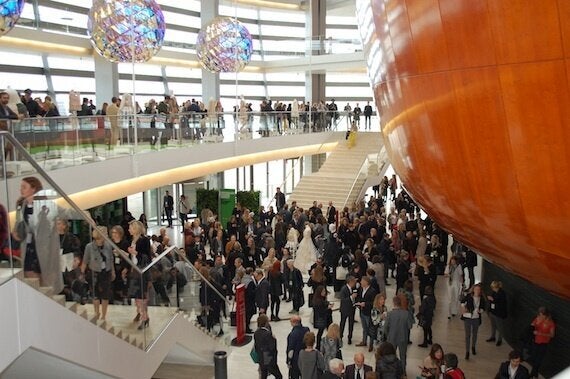
The Fashion Summit was held a short ferry ride across the water at the Copenhagen Opera House, an impressive building which encapsulates the modernist design aesthetics the Danish are so famous for.
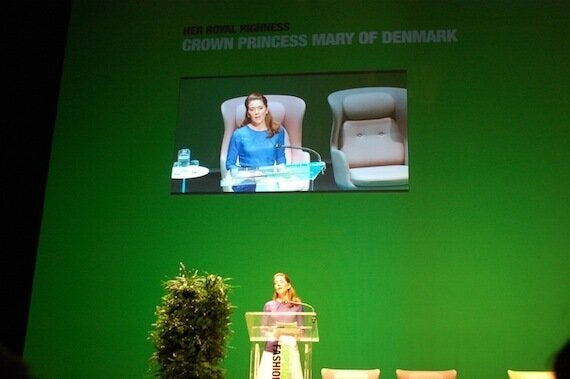
Mary, Crown Princess of Denmark, addressed the audience and highlighted again the role of Copenhagen as an enabler of the proliferation of sustainable practices. It was a good introduction to the over all theme of the summit, where the big players in fashion, most notably H&M and Kering, brought to light their current CSR initiatives.

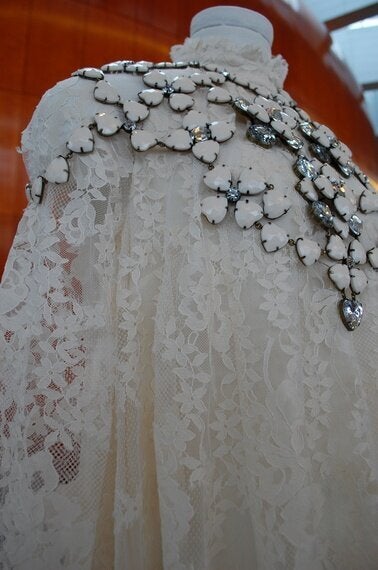
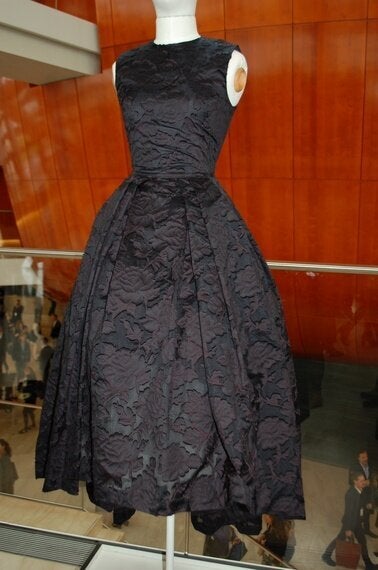
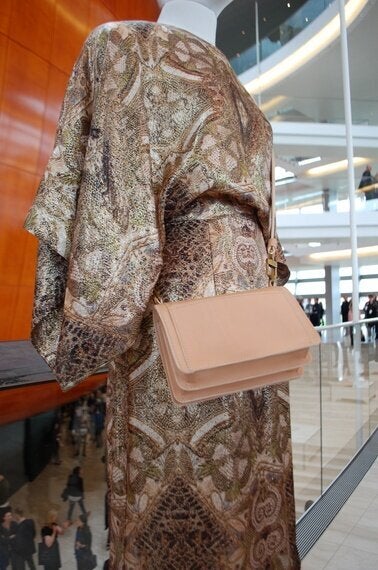
H&M unveiled their "Exclusive Conscious Collection" which is made up of post-consumer waste, and organic materials. Kering who count Puma, Gucci, Stella McCartney among their subsidiaries, won the 2014 Global Leadership Award in Sustainable Apparel for their development of the Environmental Profit & Loss Account, an accounting system that places monetary value to the ecological impact of Kering's supply-chain across the entire business.
Danish designers also showcased their sustainable designs that were commissioned for the event.
I stayed in the Babette Hotel, and although it is the newest addition to the Guldsmeden chain, it feels like an independent-run boutique hotel. The hotel lobby boasts an upcycled boat that has been turned into a wine rack, comfy sofas and a small boutique of local sustainable lingerie designers and organic beauty products.
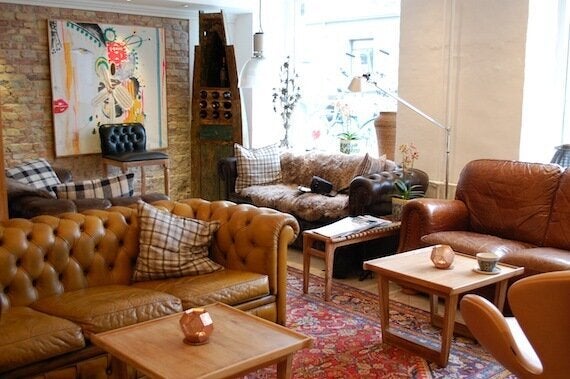
All the food and drink in the bar and restaurant is organic and locally sourced where possible. The breakfast was hearty (with gluten-free options) and set me up for a day of cycling around the city. Babette Hotel overlooks a leafy park where, according the concierge, Princess Mary is often spotted out on a run with her bodyguards who can barely keep pace with her.
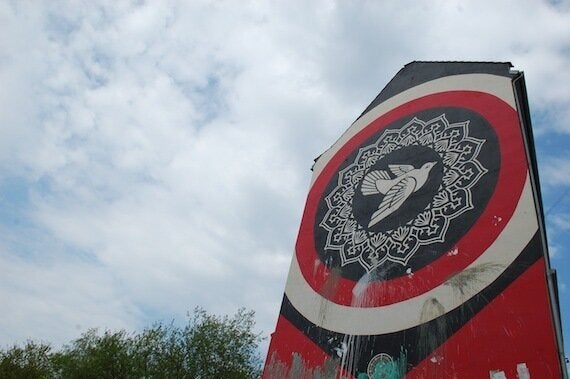
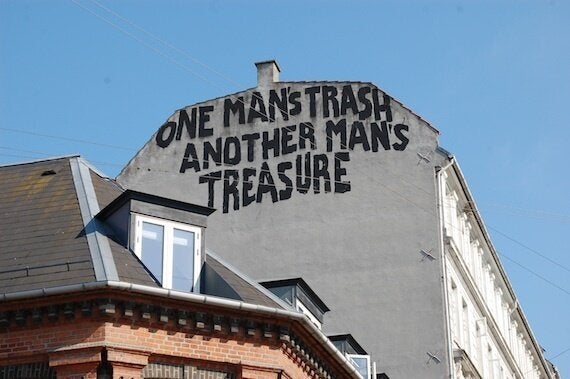

The cycling culture of Copenhagen is seamlessly knitted into the fabric of the city's planning. Designated cycle lanes abound and motorists are courteous to cyclists. In the last three years, the Copenhagen City Hall has invested more than 52 million Euros in urban cycling. My cycling adventure took me to Nørrebro, a vibrant, diverse neighbourhood which acts as a hub for the city's Bohemian life. It's already the site of a large-scale work by Stephen Fairey, the graffiti artist behind the graphic design of Barack Obama's 'Yes we can' election campaign.
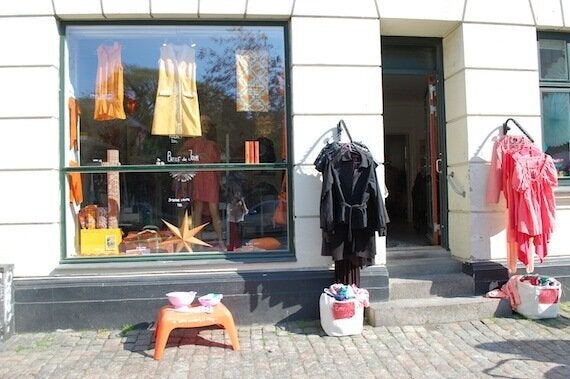
On the fringe of Nørrebro, I found a second hand shop called Belle du Jour in Stefansgade 3. The owner cited the city's wealth and that good condition and current second hand designer clothes were aplenty. "It's Copenhagen, there is not reason to buy anything new". I spotted an 80s Gucci jumpsuit and a good selection of frocks and blouses from local designers DAY Birger et Mikkelsen at a steal.
Green cities are coming to British shores quite soon, and the successor to Copenhagen for the European Green Capital 2015 is Bristol. George Ferguson, Mayor for Bristol, said "Copenhnagen's led they in people based planning, it's not about planning buildings, it's about planning spaces and making a really, really good livable city and it shows".